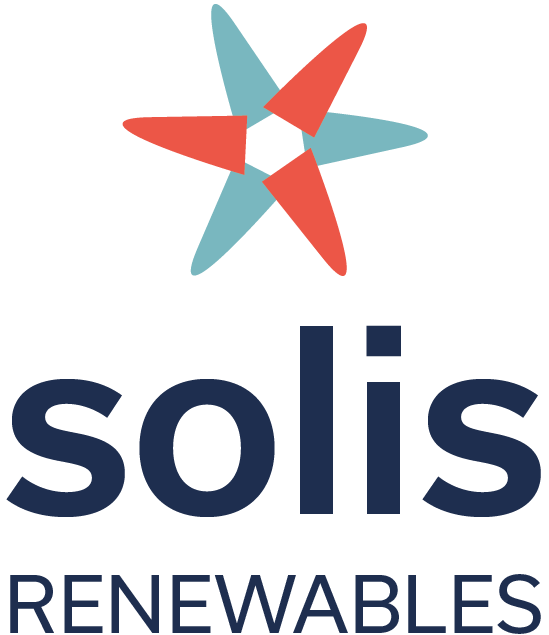How Does a Solar Inverter Work?
Solar and wind projects, and in the near future battery energy storage systems (BESS), are the tip of the spear when it comes to the energy transition. However, solar panels and wind turbines can’t convert the electricity they generate without a critical piece of equipment called an inverter. In this guide, we’ll answer a common question many people may have: “How does a solar inverter work?” We’ll also explore the main types of inverters and their benefits.
How Does a Solar Inverter Work?
At its core, a solar inverter, or wind inverter, is the key piece of equipment that converts the direct current (DC) electricity generated by a solar or wind project into alternating current (AC) - the type of electricity used in our homes and businesses.
Without an inverter, it’s safe to say the electricity generated by renewable energy projects would be unusable. That’s why an inverter is so crucial. The electricity that’s generated needs to be transformed into the type of electricity that we use.
Types of Solar Inverters
There are three to four main types of solar inverters, each of which offers pros and cons:
1. String Inverters: Generally the most cost-effective of the inverter options, string inverters are commonly used in residential and commercial projects. One of the primary drawbacks with string inverters is that if one solar panel underperforms or goes offline (i.e. shaded by trees), the output of the entire solar array is affected because all of the solar panels are on the same string.
2. Power Optimizers: Think of power optimizers as the booster that string inverters need. When a power optimizer is paired with a string inverter, the underperformance issue can be addressed because the optimizers are installed at each module. If one module underperforms, it doesn’t affect the output of the other modules.
3. Microinverters: Similar to power optimizers, microinverters are installed on the individual panels. This localized approach can offer better overall performance because underperformance by one panel doesn’t impact the performance of panels on other modules. Separately, microinverters can be a nice choice for challenging residential roof configurations. However, increased equipment costs can be a drawback.
4. Hybrid Inverters: BESS is clearly the future of the energy transition so think of hybrid inverters as ones that combine solar PV and battery inverters. Hybrid inverters can work great in scenarios where project owners want a backup power solution.
Benefits of Solar Inverters
Now that we’ve covered the different types of inverters, let’s highlight a few of the advantages:
Efficiency: Wasting energy is a concern shared among power producers. One of the reasons why solar inverters are clutch is because they help optimize the electricity generated by a solar or wind project.
Grid Connectivity: Depending on what utility owns the wires outside of your home, solar inverters allow your system to connect to the grid or even sell excess electricity back to your utility.
Performance Optimization: Nothing is worse for asset managers than a project underperforming in terms of its output. Microinverters and power optimizers attempt to address the issue by isolating underperformance to one panel or one module as opposed to the entire project’s electricity output.
Backup Power: If you live in areas where extreme weather events are common, you’ve likely experienced a power outage. Hybrid inverters can step up in this scenario by providing a backup power source when you lose access to electricity.
Costs of Solar Inverters
The cost of solar inverters varies depending on the type and capacity. String inverters are often the most budget-friendly option, while microinverters and power optimizers come at a slightly higher price. Hybrid inverters, given their advanced features, tend to be more expensive. However, just like with anything else that you buy that has value, the initial investment in a high-quality solar inverter can pay off in the long run through increased energy efficiency and reduced maintenance costs.
Conclusion
In conclusion, solar inverters are the reason renewable energy projects can generate the type of electricity that we use. They ensure that the electricity generated by solar panels is converted into usable AC power for your home and in the power market. Understanding the various types, benefits, and costs will empower you, as the homeowner or project owner, to make an informed decision on the system that best suits your needs.
